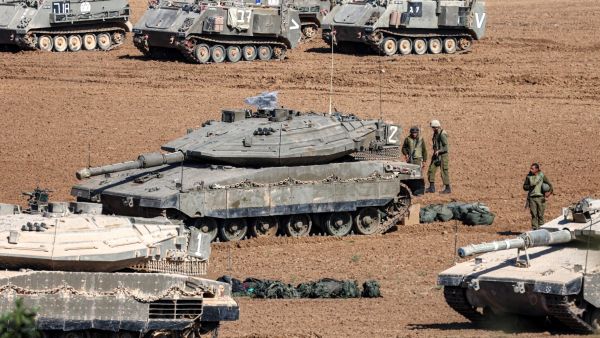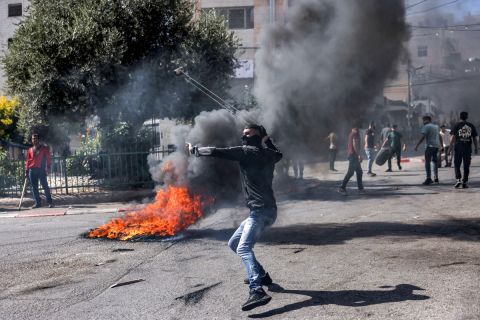ALBAWABA - Israel's response to recent attacks from Hamas has raised questions regarding its tactics and their effectiveness. Rather than directly addressing military threats, Israel's actions seem to focus on civilian targets in Gaza.
On Oct. 7, Hamas forces started an unprecedented military assault on Israeli settlements near Gaza. This attack involved the killing and capture of Israeli officers within these settlements and military installations.
In the aftermath of Hamas's Operation "Al-Aqsa Flood operation," Israel's delayed response left many wondering about the reasoning behind its strategy. Prime Minister Benjamin Netanyahu declared Israel was in a state of war three hours after the attack. Since then, Israel's retaliation appears to disproportionately target civilians in Gaza and destroy residential homes. Curiously, these actions have had little discernible impact on Hamas's military capabilities or rocket launch sites in Gaza.
Moreover, allegations have emerged of Israel's use of internationally banned weapons, such as phosphorus bombs, further exacerbating concerns about its approach to the conflict.
One of the most alarming developments was Israel's demand for the evacuation of the northern part of Gaza, home to approximately 1.1 million residents, including those seeking refuge in hospitals filled with the wounded.
It's important to highlight that Gaza City lacks any shelters due to the longstanding ban on reinforced cement, which has been strictly enforced on a national level for decades.
In contrast, Hamas has adopted a strategy With an attempt not to harm civilians. Despite this, Israeli, American, British, and French officials have attempted to discredit the Hamas military by spreading false news claiming that it targets children and women. These attempts, however, have been largely debunked.










